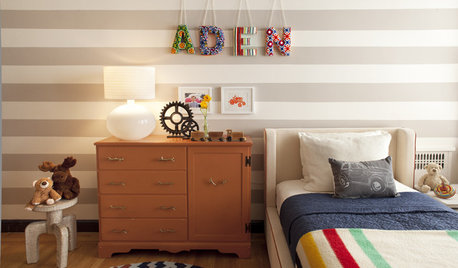Rope/yarn as medium for Tillys
noid.guest
14 years ago
Related Stories

DECORATING GUIDESKnot Again! Macrame Is Back
It's happened. A craft that typified 1970s style (the owls, the spider plants!) is back, but better
Full Story
UPHOLSTERYFabric Focus: Cozy, Carefree Cotton
Here’s why you should consider making cotton king in your home decor
Full Story
DECORATING GUIDESFor Nursery Decor, What's in a Name?
10 ideas for turning your baby's name into sentimental nursery wall art
Full Story





sdandy
User
Related Professionals
Arden-Arcade Landscape Contractors · Federal Way Landscape Contractors · Hilo Landscape Contractors · Painesville Landscape Contractors · San Carlos Park Landscape Contractors · Shoreview Landscape Contractors · Wheat Ridge Landscape Contractors · Meadow Woods Fence Contractors · Memphis Fence Contractors · Provo Fence Contractors · Silver Spring Fence Contractors · Whitman Fence Contractors · Euless Siding & Exteriors · Honolulu Siding & Exteriors · Massapequa Siding & Exteriorshanwc
splinter1804
splinter1804
User
noid.guestOriginal Author